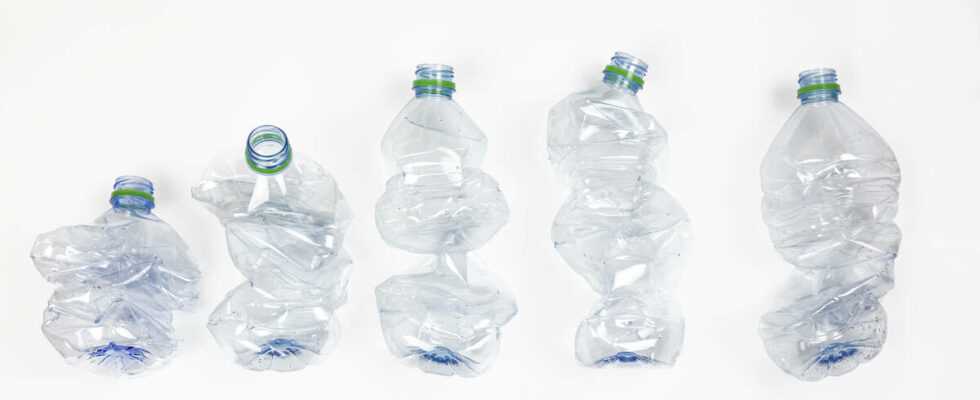Microplastics are now everywhere. In the ocean, the soils, the air we breathe, the food we eat. A study carried out for WWF had already estimated that humans could swallow up to the equivalent of a plastic bank card (5 grams) per week. But the microparticles of this material don’t just pass through our bodies and end up in our feces. They lodge deep in our body, penetrate our organs, can cause inflammation. So much so that these tiny bits of plastic even circulate in our blood. This is what a study reveals “pioneer”, unveiled this Thursday in the columns of Guardian.
Scientists found microplastics in the blood of 77% of 22 people tested, all anonymous donors “healthy adults”. They were able to detect particles of at least 0.0007 millimeters. Of the five types of plastics sought, several were sometimes present at the same time in the veins of the tested. Half of the samples contained in particular PET, the plastic used to make water bottles, and a third contained polyethylene, which makes up a lot of packaging.
“Worrying”
This “result is revolutionary” and “disturbing” according to Professor Dick Vethaak, one of the authors of the study. This ecotoxicologist at the Free University of Amsterdam (Netherlands) emphasizes that his team will now expand its research to more people. The consequences of this presence in the blood are still unknown. The highly variable amount of plastic in the samples also needs to be elucidated. “Are these levels high enough to trigger disease? We urgently need to fund further research to find out.”also adds Dick Vethaak.
The microplastics found in the blood could be ingested via the packaging of our drinks and food, or even by breathing in masks. According to a study published in 2020, because of baby bottles, for example, infants could swallow more than a million microparticles of plastic per day. The small bits of plastic resulting from the degradation of the multiple waste present in the ocean also go up the food chain to the fish that garnish our plates.
This research, published in the scientific journal Environment International, was funded by the Netherlands National Organization for Health Research and Development as well as Common Seas, a social enterprise working to reduce plastic pollution. “Not only does plastic pollute our world, it also pollutes our bodies”reacts the environmental association on its site.
The human being is in fact gradually transformed into Homo plasticus. It is increasingly exposed to plastic, a material that has invaded the globe and whose production should double again by 2040. The UN is trying to tackle this scourge and is working on an international treaty to “End Plastic Pollution”.
France, for its part, plans, via the Anti-waste law for a circular economy (AGEC), to ban single-use plastic by 2040. The progressive ban began in 2020 with the end of the sale disposable tableware in batches (glasses, cups, plates) and cotton swabs. In 2021, it was the turn of straws, disposable cutlery, stirrers, lids for take-out cups and even plastic confetti. Since the beginning of this year, plastic tea or herbal tea bags as well as certain over-packaging are prohibited.
